The coral bean (Erythrina herbacea), also known as the Cherokee bean or the red cardinal, is a common springtime bloomer found all over the state of Florida. I’ve seen them in dense woodlands, sandy pine scrubs, and growing in hardwood hammocks at the edges of swamps. From the Everglades to the Georgia border, these brilliantly red beauties pop up in loose colonies mid-Spring – much to the delight of our native hummingbirds.
Last weekend I was very surprised to see this coral bean growing in a salt marsh on Alligator Point on the Florida Panhandle – giving me good cause to consider it one of the hardiest and toughest flowering plants in Florida. Not only is it tolerant of most anything the natural environment can throw at it – it could also be said to be equally intolerant of becoming a food source for wildlife.
As in many other instances in the natural world, brilliant red coloring stands as a warning to those looking for an easy meal. When the flowers of the coral bean are pollinated, the resulting seedpods contain a number of bright red seeds that are high in alkaloids – toxic to both humans and wildlife and known to cause paralysis when ingested. The seeds have been used as rat poison in the South, and Native Americans have long used the seeds to treat a number of ailments from bowel pain to digestion problems.
Even in the wild, it’s better to look and observe. Nature is full of beauty and wonderful surprises, but sometimes these are best left untouched.
See more at www.FloridaNaturePhotography.com

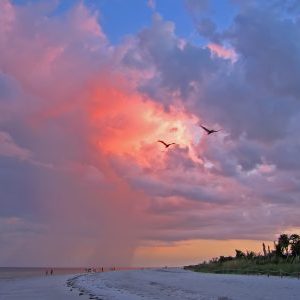
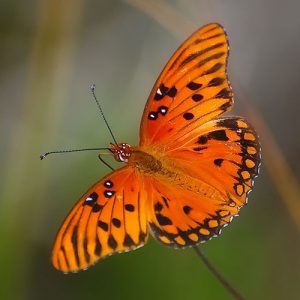
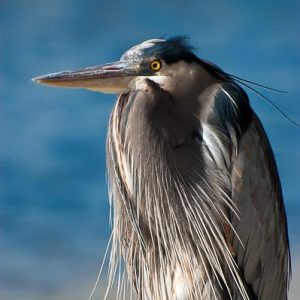
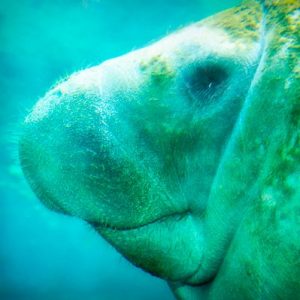
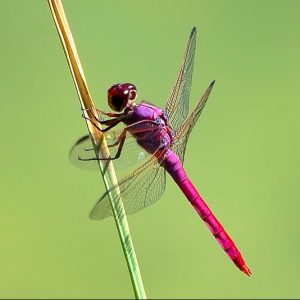
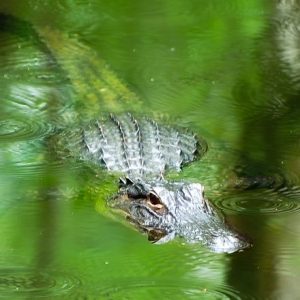
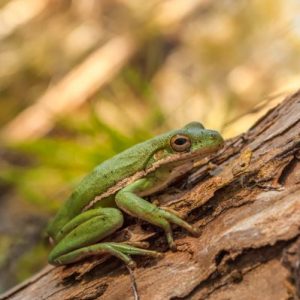
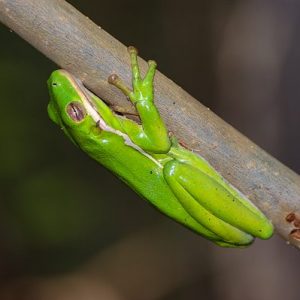
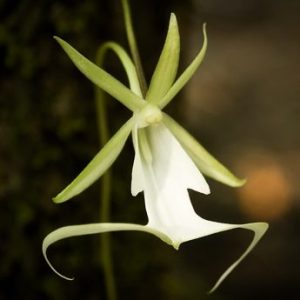
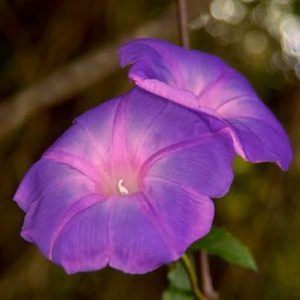
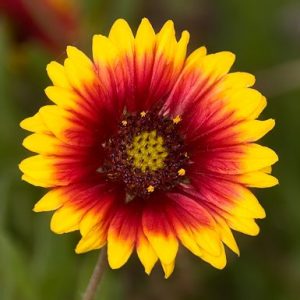
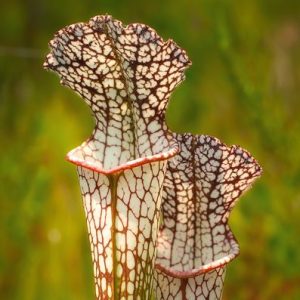
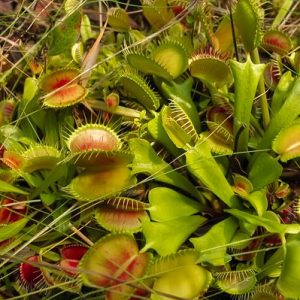
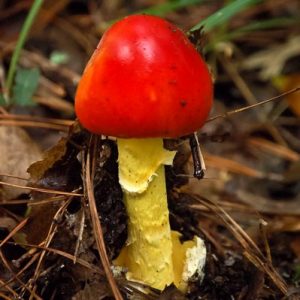
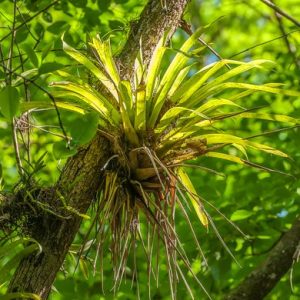
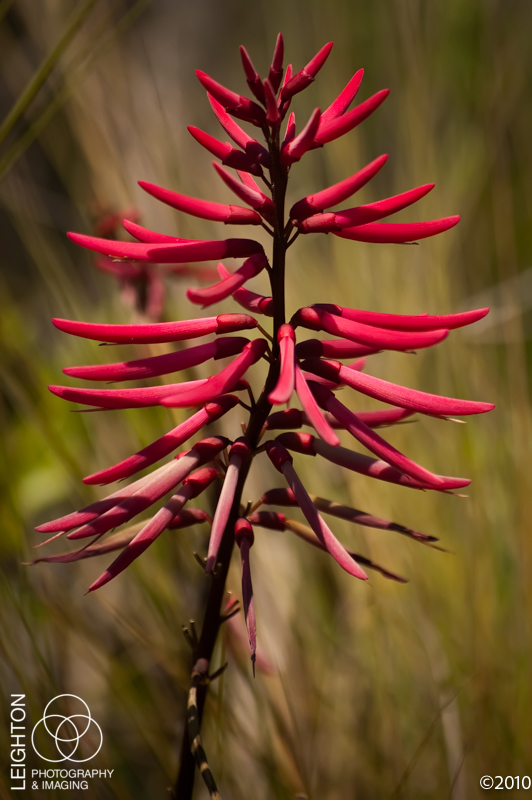
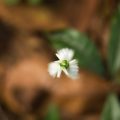
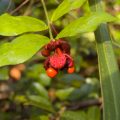
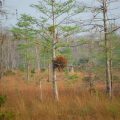
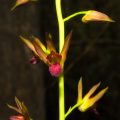
Wonderful post! Beautiful photo and very interesting information!!
I've seen these plants all over as I've hiked around the state.
What a beautiful plant to be so lethal. Interesting how nature does this kind of thing. Thank you for the photo and the information.
Beautiful plant and beautifully shot. Thanks for sharing the information. Have never seen one before here in Ca.
I'm always surprised when I see such beautiful plants from states I never expected. I'm always surprised to find beautiful, colorful, living plants here in Arizona (and I've lived here my whole life)! Nature is truly gorgeous and inspiring.
A round of applause for your article post.Thanks Again. Really Great.
Thanks-a-mundo for the article.Really looking forward to read more. Will read on…